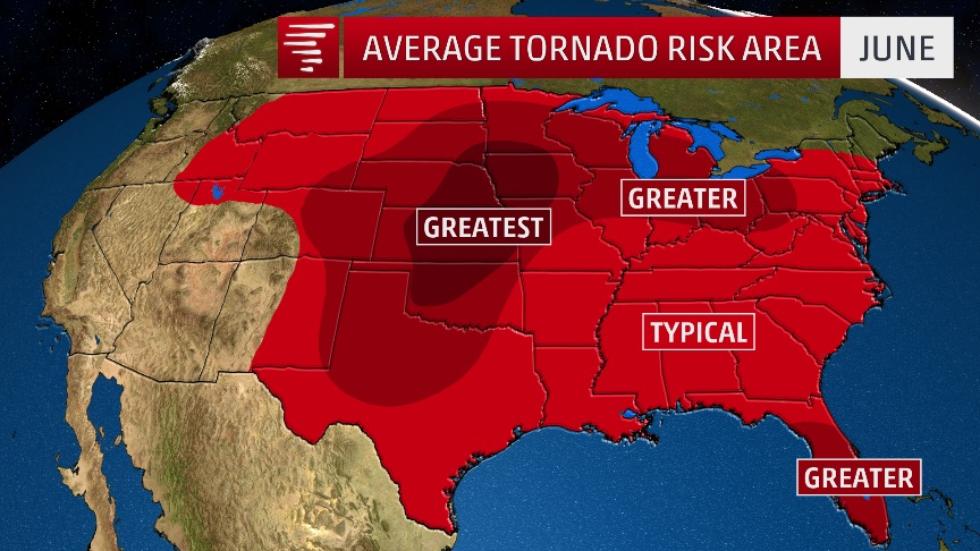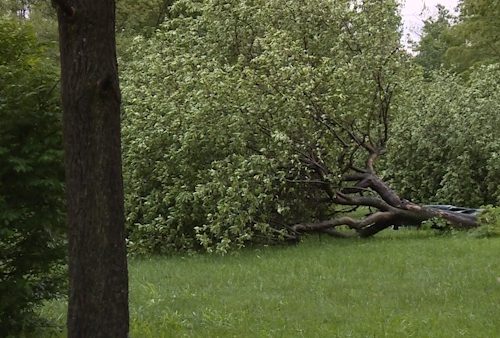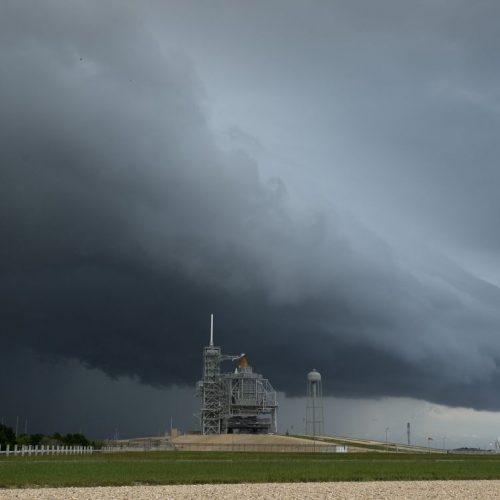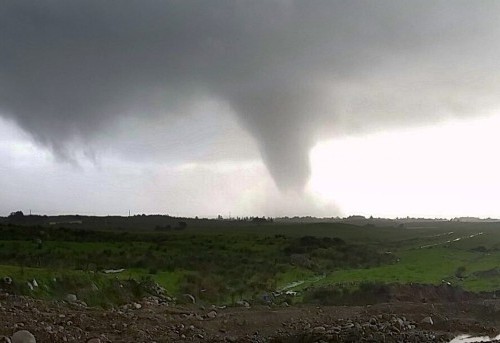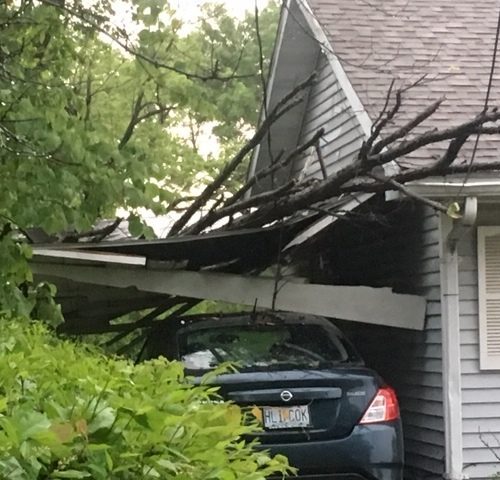Although May is the peak month for tornadoes in the U.S., the threat of tornadoes persists into June as the peak risks area shifts slightly further north.
In June, areas from central Oklahoma into southern Minnesota see the highest risk for tornadoes. The risk also increases from eastern North Dakota into Wisconsin, Michigan and as far east as western Pennsylvania.
The threat of tornadoes also increases some in southern Florida in June, compared to earlier in the year, as the heart of the wet season kicks in.
The tornado risk remains elevated for a large swath from Texas into the central Plains, as well as from central and northern Illinois into Ohio.
In the Southeast, the overall tornado threat in the Southeast diminishes a bit, as the jet stream begins to migrate northward. The concern for waterspouts along the coast, however, increases.
It is also important to note that tornadoes can occur outside of the areas shaded in red and it is always a good idea to be aware of weather conditions, especially when participating in outdoor activities. Only two states did not recorded a tornado in June from 1994-2013: Rhode Island and Hawaii.
Even though tornadoes can occur any time of the year, April, May and June are typically the peak months.
On average, based on data from 1996-2015, June has seen the second most tornadoes, with over 200 each year. Over the past three years, 185 tornadoes have been confirmed in June, second only to May, according to the Storm Prediction Center.
April through June is the time of year climatologically when ingredients for severe weather, including tornadoes, are most likely to come together.
One of these ingredients is a strong jet stream, which is typically across the central and northern Plains into the Midwest in June. Other factors include surface dew points in the 60s or 70s and increasingly hot temperatures.
The moisture and warmth provide the fuel for thunderstorms, while the jet stream provides wind shear, or changing wind speed and direction with height to sustain either supercell thunderstorms or long-lived thunderstorm clusters.
When the jet stream digs southward with an area of low pressure, this helps to instigate the development of thunderstorms, which can become severe and spawn tornadoes when the above ingredients are in place.
June’s Tornado History
A few metro areas see a peak in tornadoes during June, according to severe weather expert Dr. Greg Forbes.
This includes Chicago, which has seen 16 tornadoes in June during this time period, while May is a distance second with 9 recorded. As the jet stream migrates northward through the spring and early summer, Chicagoland becomes a more favorable area for tornadoes.
Denver is another city when the most tornadoes have been recorded in June, with 108 occurring in the four counties of Denver, Arapahoe, Adams and Jefferson. July comes in second with 87 tornadoes recorded.
June is also the busiest month for recorded tornadoes in Miami-Dade County. From 1950-2013, 27 tornadoes have been confirmed here in June. Spring through summer is active with thunderstorms in southern Florida and at least a dozen tornadoes have occurred during the May through September months in the Miami area.
Large outbreaks are not as common as in May or April, but they can happen.
A deadly tornado outbreak took place June 2, 1990, across portions of the Midwest and Ohio Valley. Through the early morning of June 3, 65 tornadoes developed, 37 of which occurred in Indiana. In addition, seven were determined to be F4 tornadoes.
Another noteworthy tornadic event took place just three years ago, when twin tornadoes developed in Pilger, Nebraska on June 16, 2014. Two distinct large, strong and long-lasting tornadoes at one time, creating an unusual sight. This was the result of extreme instability in the area, which can arise in June.
by Linda Lam
May 31, 2017

